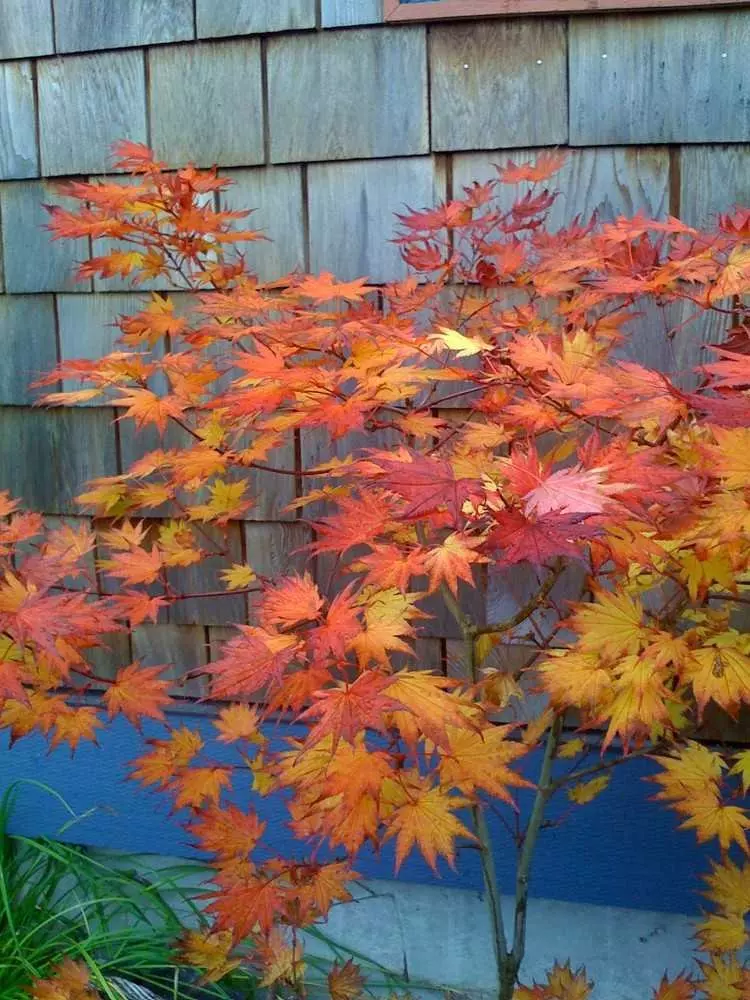Are you looking to create a peaceful and prosperous atmosphere in your garden? Discover the art of Feng Shui and learn how to design a garden that promotes harmony and positive energy. In this article, we will explore the principles of Feng Shui and provide insights on how to incorporate them into your garden design. So, let's dive in!
What is Feng Shui?
Feng Shui is an ancient Chinese practice that focuses on creating harmony and balance in living spaces. By arranging your home or garden according to Feng Shui principles, you can invite positive energy and promote a sense of well-being.
Feng Shui Gardens are designed to harmonize with nature in nine distinct zones, each representing a different aspect of life. These zones are based on the Bagua map, which divides the garden into nine equal parts. The central area, known as Tai Chi, is the source of energy and life, while the other eight zones surround it.
Principles of a Feng Shui Garden
To create a Feng Shui garden, it is essential to incorporate the five elements: Fire, Water, Metal, Earth, and Wood. These elements maintain balance and influence our lives. Each element has its designated zone in the garden, and it is crucial to ensure they are in order within their respective zones.
Fire (South)
The South zone represents success and fame. It is associated with the element of fire and vibrant colors like red, orange, purple, and pink. Consider planting flowers with these colors, such as roses or lilies, to enhance the energy of this zone.
Water (North)
The North zone represents career and flow in life. It symbolizes the element of water and is associated with blue, violet, and black colors. Incorporate water features like ponds or fountains to activate the energy of this zone.
Metal (West and Northwest)
The West and Northwest zones represent support, friendship, and guidance. They symbolize the element of metal and are associated with colors like white, gray, golden brown, and silver. Use metallic objects, rocks, or gravels to enhance the energy of these areas.
Earth (Northeast, Southwest, and Center)
The Northeast zone represents wisdom and knowledge, while the Southwest zone symbolizes love and purity. Both zones are associated with the element of earth and have colors like yellow, orange, and pink. Integrate earthy elements like pots, statues, or rocks to create a harmonious atmosphere.
The Center zone, also known as Tai Chi, connects all areas of the Feng Shui garden. Keep this zone open, clutter-free, and maintain it regularly.
Wood (East and Southeast)
The East zone symbolizes health, while the Southeast zone represents wealth. Both zones are associated with the element of wood, which is represented by green or brown colors. Plant foliage plants, large trees, or medicinal herbs in these areas to enhance the energy.
Feng Shui Garden Design Tips
Creating a balanced and harmonious garden requires attention to the design elements. Here are some tips to help you create a Feng Shui garden:
- Keep the design simple and avoid overloading the space. Allow for the free flow of energy (Chi) within the garden.
- Promote movement by creating curved paths and inviting wildlife like butterflies and birds. Fruit trees and flowers attract positive energy.
- Use statues and sculptures to attract positive energy. Ensure their size is proportional to the garden.
- Incorporate water features like streams, waterfalls, or ponds to represent prosperity.
- Ensure the garden is open, well-lit, and free from any obstructions. Walkways and entrances should be unblocked.
- Use large rocks and gravels to bring in the element of nature.
- Keep the central zone (Tai Chi) clean and clutter-free, as it is the most prominent point in the garden.
 Image source: saigonintela.vn
Image source: saigonintela.vn
Feng Shui Garden Plants According to Elements
To create a Feng Shui garden, it is important to choose plants that align with the five elements. Here are some examples of plants that represent each element:
Fire Element
Plants with red bark or foliage, or those with triangular or conical leaves, represent the fire element. Examples include Japanese Maple trees, Japanese red cedar, red camellia, boxwood shrubs, and geraniums.
Water Element
Plants with blue, violet, or black colors represent the water element. Some examples include snake's beard, taro, sweet potato vine, iris, lily, and lotus.
Metal Element
Plants with round or oval leaves and white flowers or light golden brown colors represent the metal element. Consider white hydrangeas, rhododendron, hostas, gardenias, and dogwood trees.
Earth Element
Plants with yellow flowers or earthy tones, as well as those with square-shaped foliage, represent the earth element. Examples include Rudbeckia fulgida, Japanese laurel, river birch, and various grasses like miscanthus.
Wood Element
Plants with long thin stems and lush greenery represent the wood element. Consider Japanese bamboo, palms, pine trees, and medicinal herbs like rosemary.
 Image source: saigonintela.vn
Image source: saigonintela.vn
Creating a Feng Shui garden allows you to establish a harmonious connection with nature and invite positive energy into your living space. By understanding the principles and incorporating appropriate plants and elements, you can create a serene and prosperous atmosphere. So, start your Feng Shui garden journey and enjoy the benefits of a balanced and tranquil outdoor environment.











